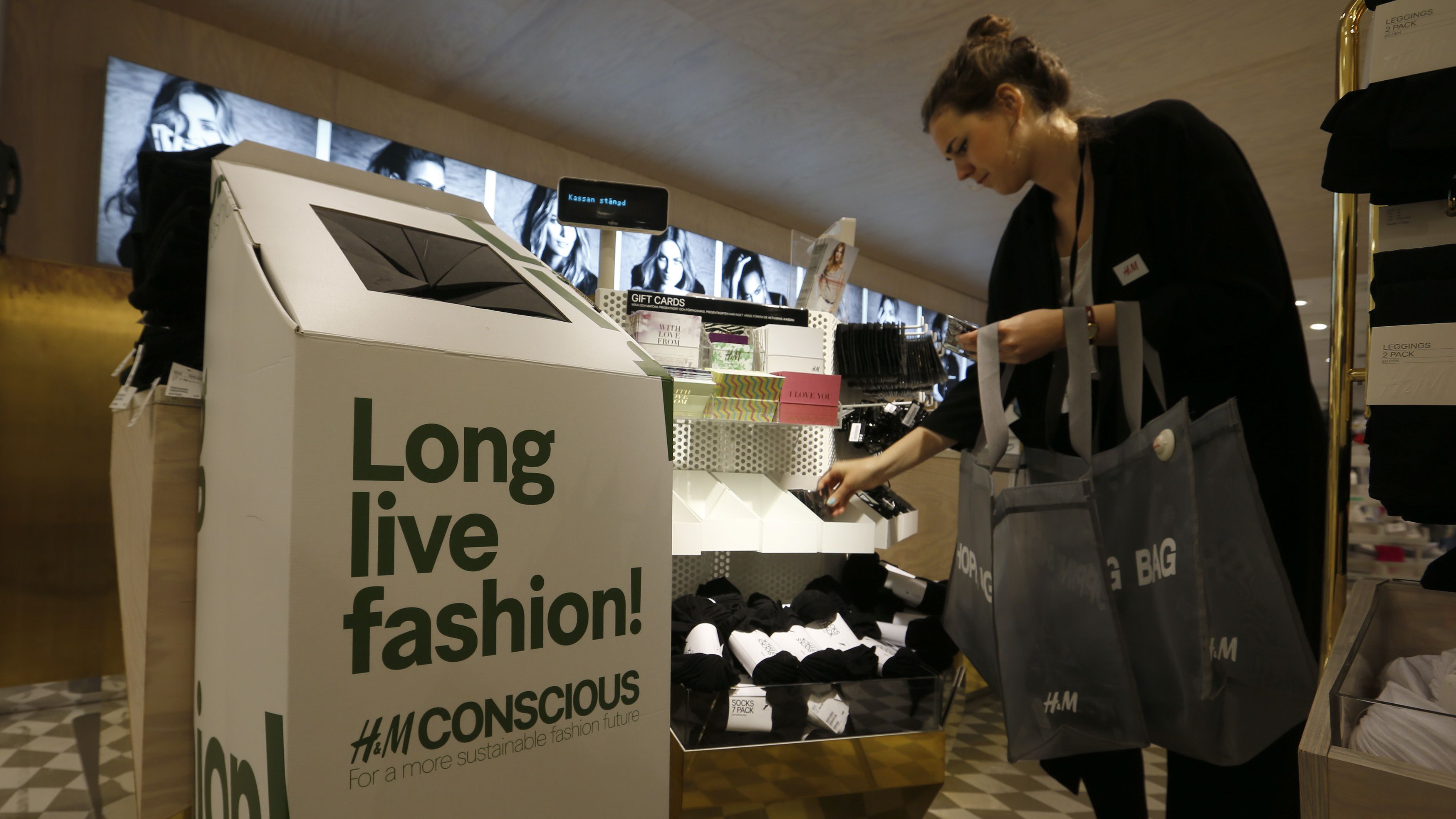
The shopping mania that attends the holidays each season has arrived. On Black Friday alone, consumers in the US and around the worldbought billions of dollars worth of stuff, including a whole lot of clothes. That clothing haul is something environmental organization Greenpeace is not happy about.
The reason is that the great majority of that clothing is destined ultimately for a landfill—one likely already overflowing with shirts, jeans, sweaters, jackets and all sorts of other items that were likely bought cheap, worn a handful of times, and discarded. In the past 20 years or so, fast fashion has kicked this throwaway culture of clothes into high gear, and while more brands are encouraging consumers to recycle or donate their used garments, Greenpeace says these efforts can’t fix the problem, at least currently.
“As of today, recycling is not a solution,” the organization said in the press release for a report on fast fashion ahead of Black Friday. “Markets are overloaded with unwanted clothes and technological challenges mean full recycling of clothing into new fibres is still far from commercially viable.”
The report notes that up to 95% of the millions of tons of clothing thrown out each year could be used again, according to recent estimates. But technical obstacles stand in the way. Mechanical recycling of fibers such as cotton and wool, which involves chopping up the fibers, degrades the quality of the material, meaning only a limited amount can be reused in clothing. (The rest is used in things such as insulation.) Startups such as Worn Again are working on chemical recycling methods, but no method is in wide use yet.
The widespread use of blends, such as cotton with polyester mixed, complicates matters further, because the fibers need to be separated before they can be reused. That’s a separate challenge companies are still working to overcome.
These are issues H&M has run directly into. It has been among the loudest cheerleaders of consumers recycling their clothes, and even offers them discount vouchers if they do so in its stores. But as Greenpeace and others have pointed out, the technology doesn’t yet exist for H&M to turn most of what it collects into new garments. As it continues to churn out massive volumes of clothes, it does so using mostly virgin resources.
Even donating clothes rather than recycling them doesn’t much help. Most clothing that’s donated is packaged and resold to countries in Africa, creating a glut of cheap garments that critics say has choked off local textiles and garment industries. Countries including Kenya and Rwanda are now struggling to deal with these hand-me-downs.
“Our research indicates that the second hand clothing system is on the brink of collapse,” said Kirsten Brodde, the head of Greenpeace’s Detox my Fashion campaign, which works with dozens of apparel brands to shrink their environmental footprint.
What’s the solution? “Fashion brands need to urgently re-think the throwaway business model and produce clothing that’s durable, repairable and fit for re-use,” Brodde added. She has previously suggested, for instance, that H&M offer garment repair services, rather than giving out coupons to shoppers who recycle their old t-shirts so they can buy new ones.
It’s also up to consumers to do some rethinking of their own about their buying habits.
[Source:-QUARTZ]





